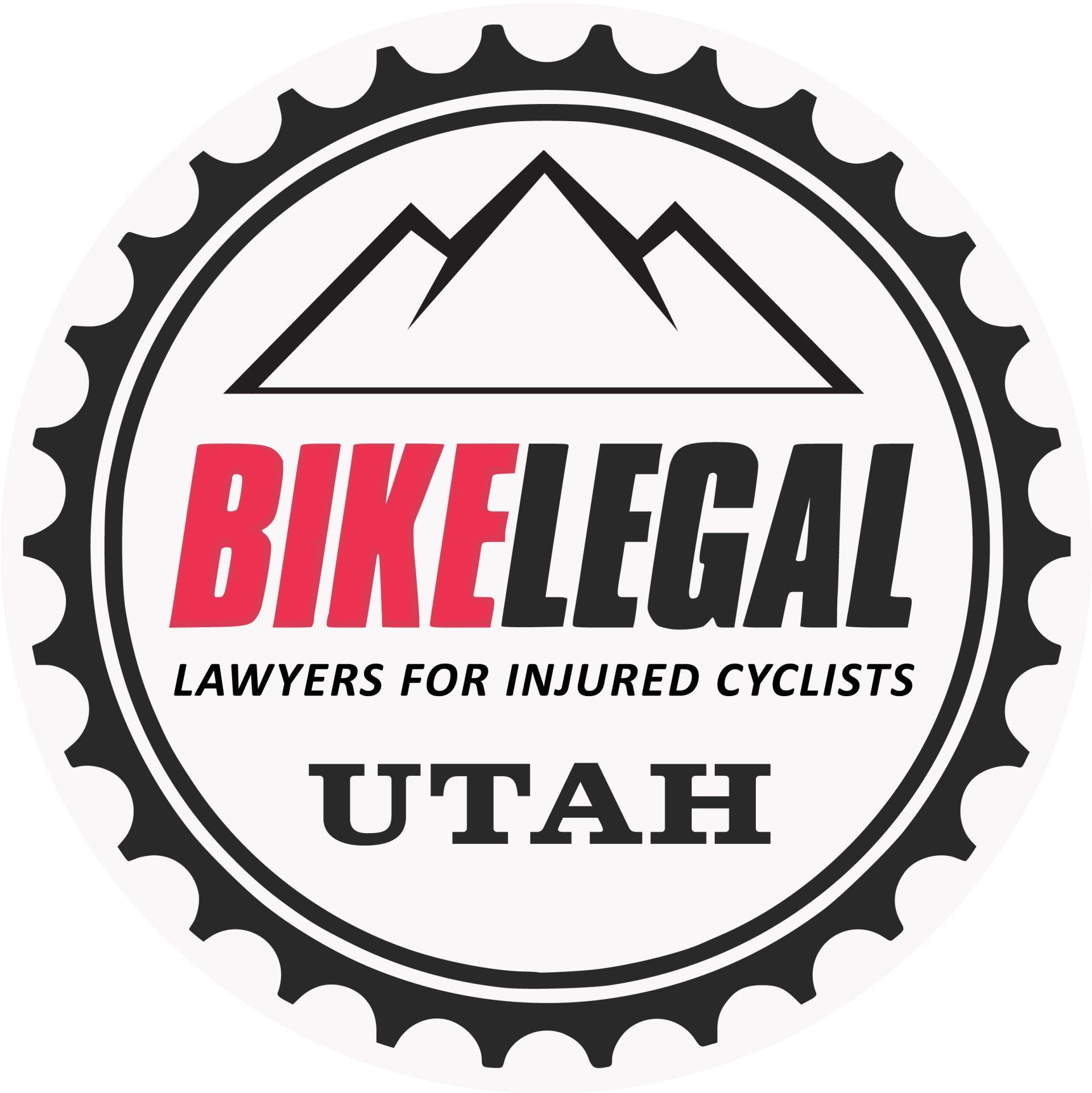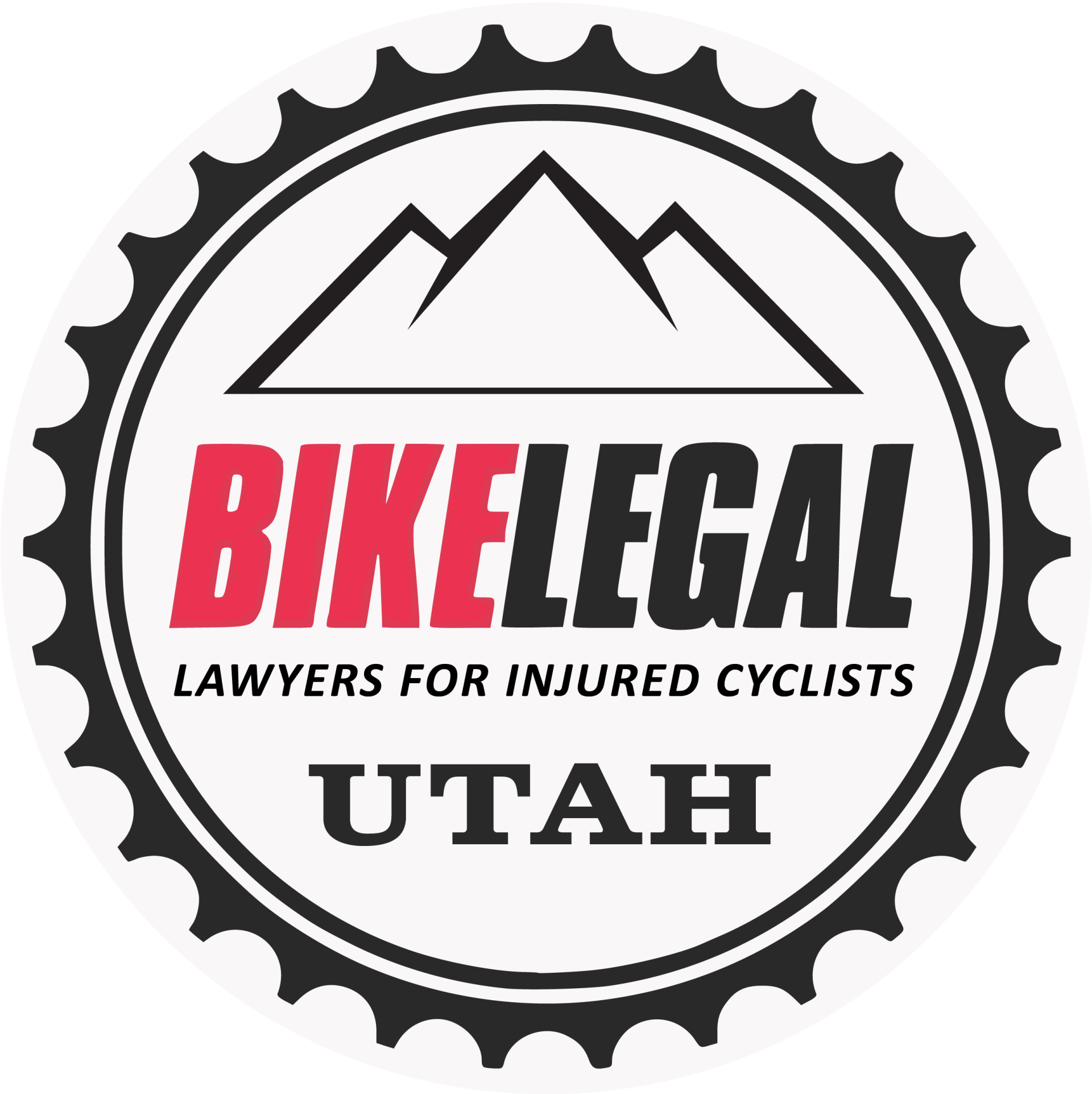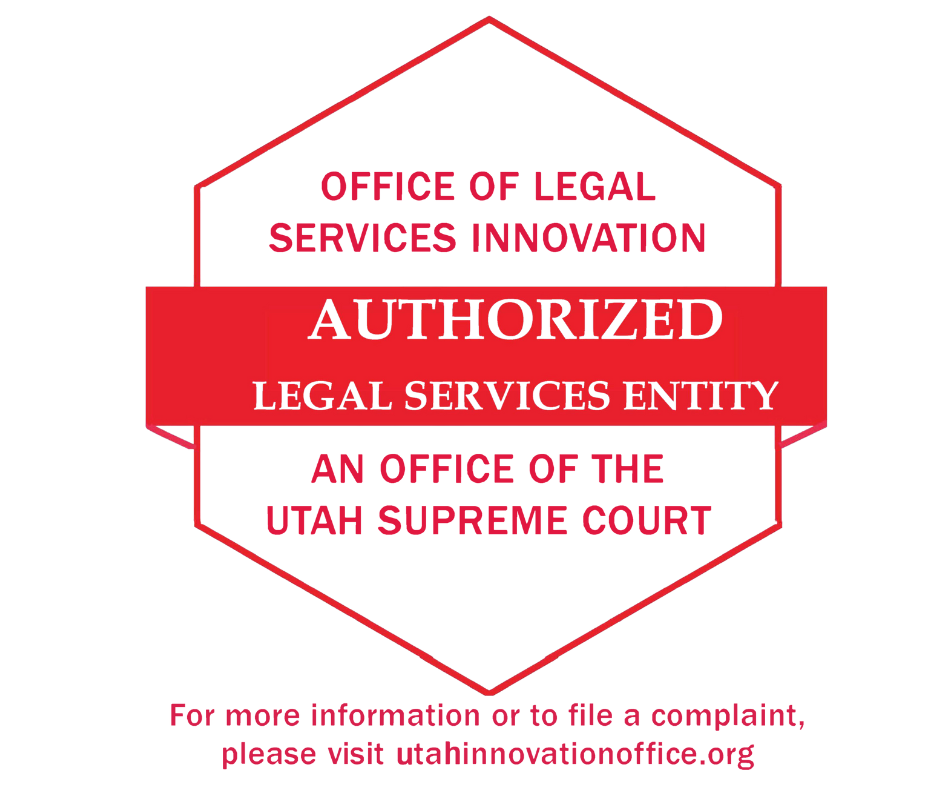Free Case Review 877-BIKE LEGAL
Free Case Review 877-BIKE LEGAL
And What to Do if You Have Been Involved in a Cycling Accident

Cycling is a fantastic way to stay active, explore your surroundings, and enjoy the freedom of the open road. However, it's important to prioritize safety to prevent bicycle crashes and the potential bicycle injuries that can result. By following these ten essential safety tips, you can significantly reduce the risk of crashing on your bicycle and ensure a safe and enjoyable riding experience.
1. Wear a Bicycle Helmet
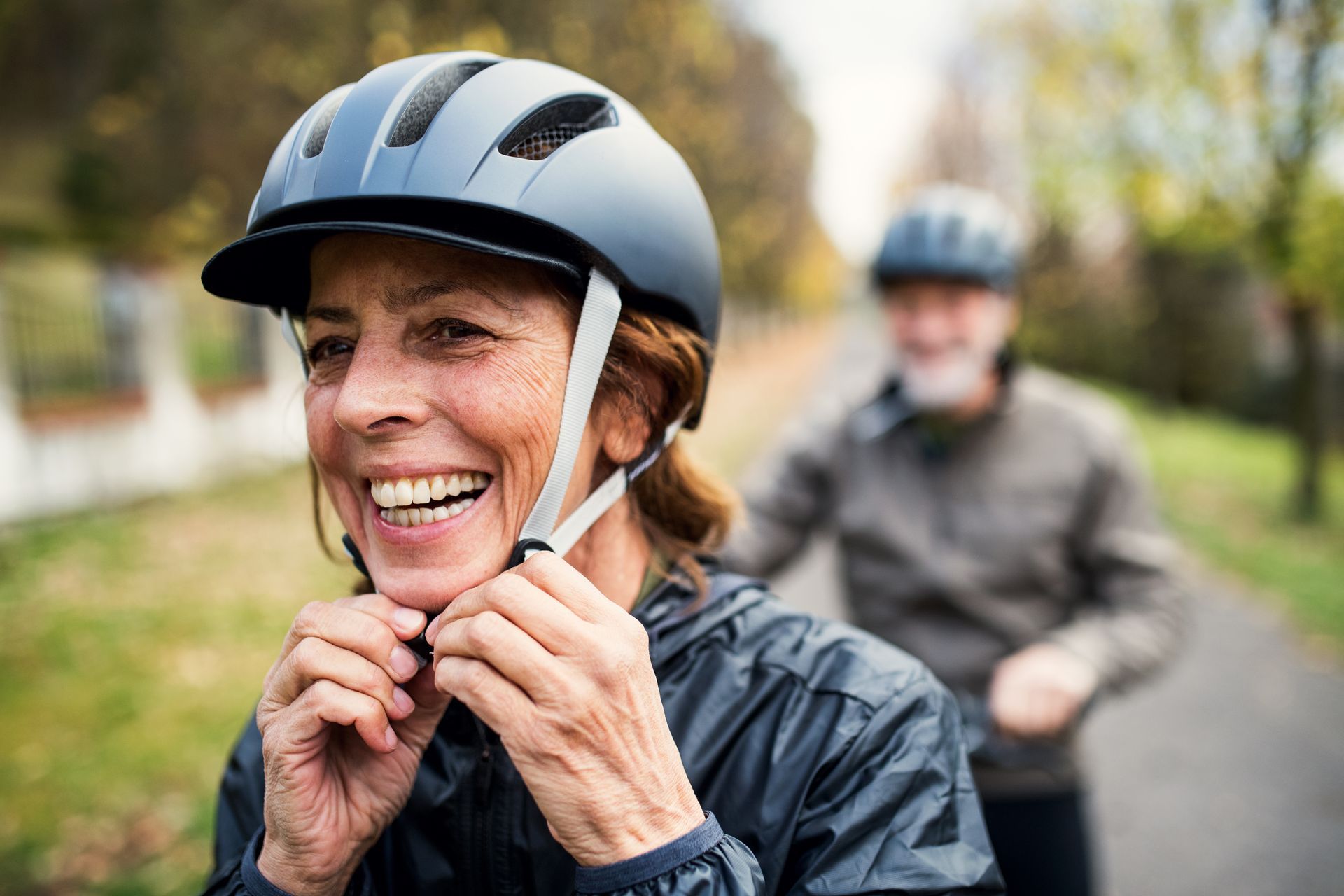
Protecting your head should always be your
top priority. Wearing a properly fitted bicycle helmet significantly reduces the risk of cycling head injuries in the event of a bicycle crash. Invest in a quality helmet that meets safety standards and ensure it fits snugly on your head. Remember, wearing a helmet protects your brain and your future. For a more in-depth guide to helmets, read this article
The Truth About Your Helmet.
2. Obey All Traffic Laws
As a cyclist, it's crucial to obey traffic laws, just like any other road user. Adhere to traffic signals, stop signs, and yield to pedestrians. Signal your turns and communicate your intentions to motorists and fellow cyclists. Following traffic laws increases your visibility and helps prevent bicycle collisions.
To find bicycle laws in your state, check with your local Department of Motor Vehicles, your state vehicle code section for bicycles, or at
The League of American Bicyclists State Laws.
3. Be Visible
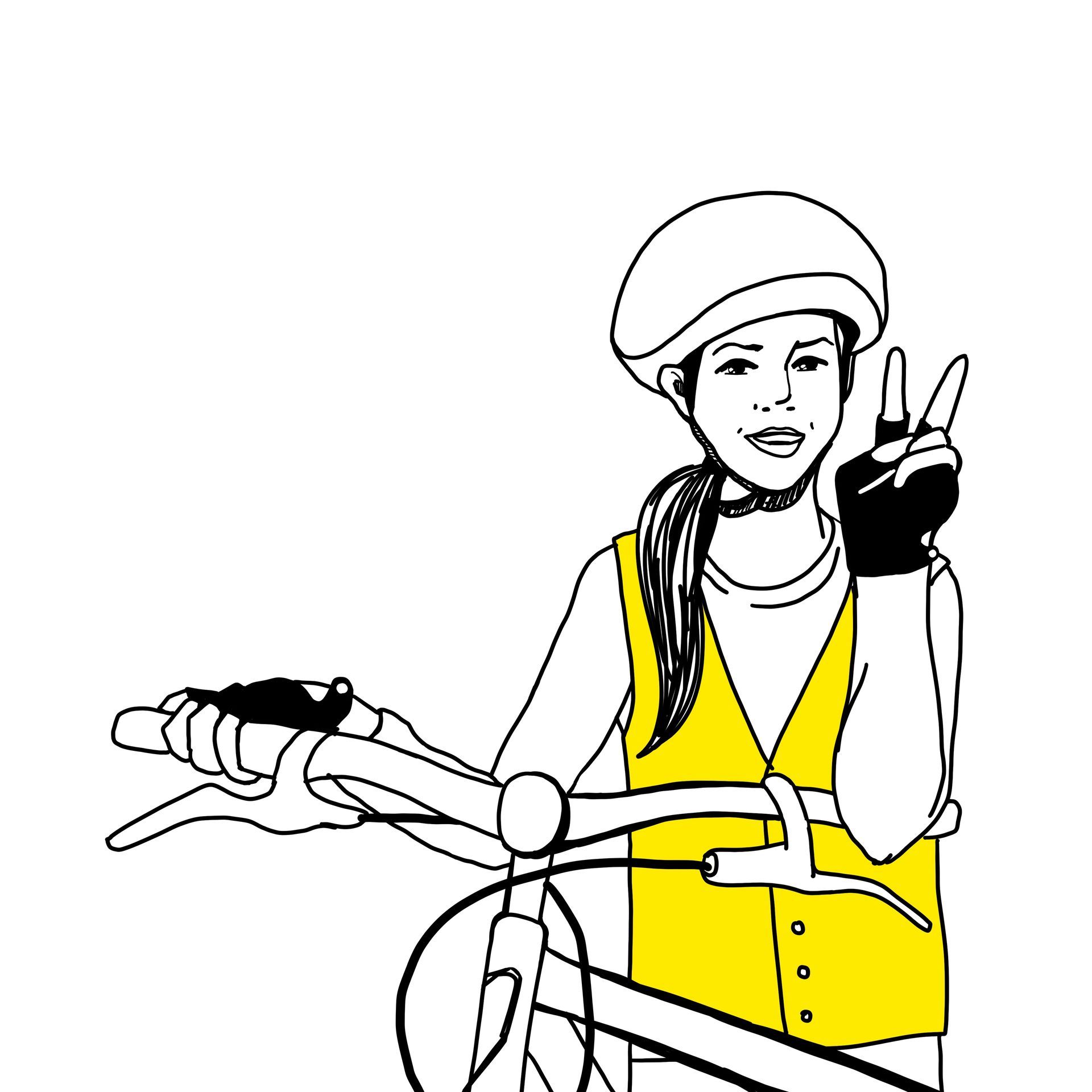
Make yourself highly visible to motorists by wearing bright or reflective clothing, especially during low-light conditions. Reflective accessories, such as vests or bands, can also increase bicycle visibility and reduce the chances of bicycle accidents caused by poor visibility.
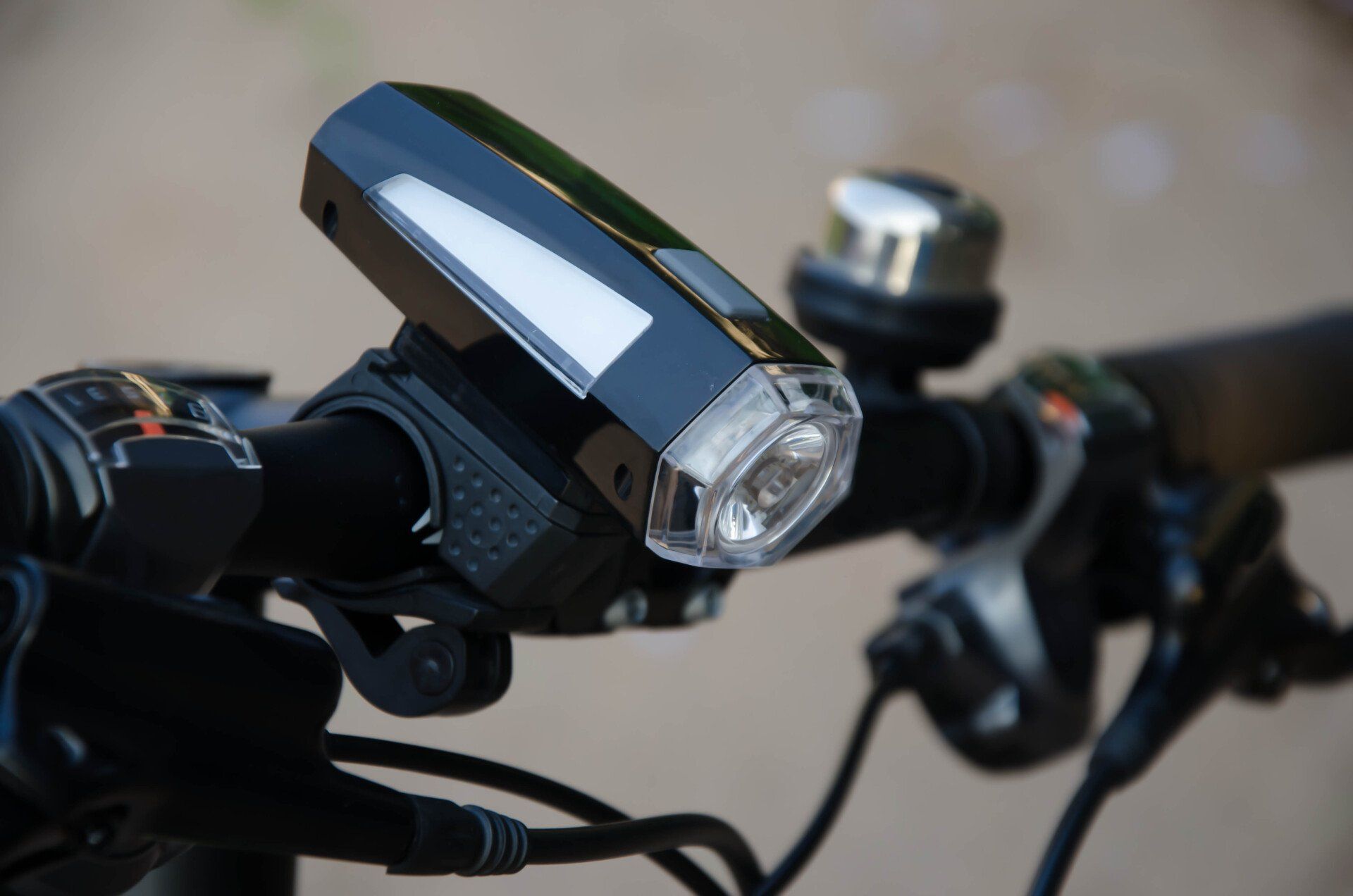
Using lights on your bicycle, even during the day, is crucial for your safety on the road. While it may seem unnecessary in bright daylight, bicycle lights significantly enhance your visibility to motorists and other road users. They act as a visual cue, ensuring that you stand out in traffic and reducing the risk of bicycle crashes caused by a lack of awareness. Drivers may overlook cyclists, especially in busy or complex traffic situations. By using bicycle lights, you increase your chances of being seen, giving drivers more time to react and maneuver safely around you. It's a small investment that can make a big difference in preventing potential bicycle collisions and ensuring a safer cycling experience.
4. Stay Alert and Focused
Maintain a high level of awareness while cycling. Keep your eyes on the road, scan your surroundings for potential hazards, and anticipate the actions of other road users. Avoid distractions like using your phone, listening to music, or wearing headphones. By staying alert and focused, you can react quickly to any unexpected situations that may arise.
5. Ride Defensively
Adopt a defensive bicycle riding style that prioritizes safety. Assume that motorists may not see you and always be prepared to yield if necessary. Maintain a safe distance from vehicles, watch out for opening car doors, and be cautious at intersections. Defensive bicycle riding helps reduce the risk of cycling accidents caused by the actions of others.
6. Plan Safe Bicycle Routes
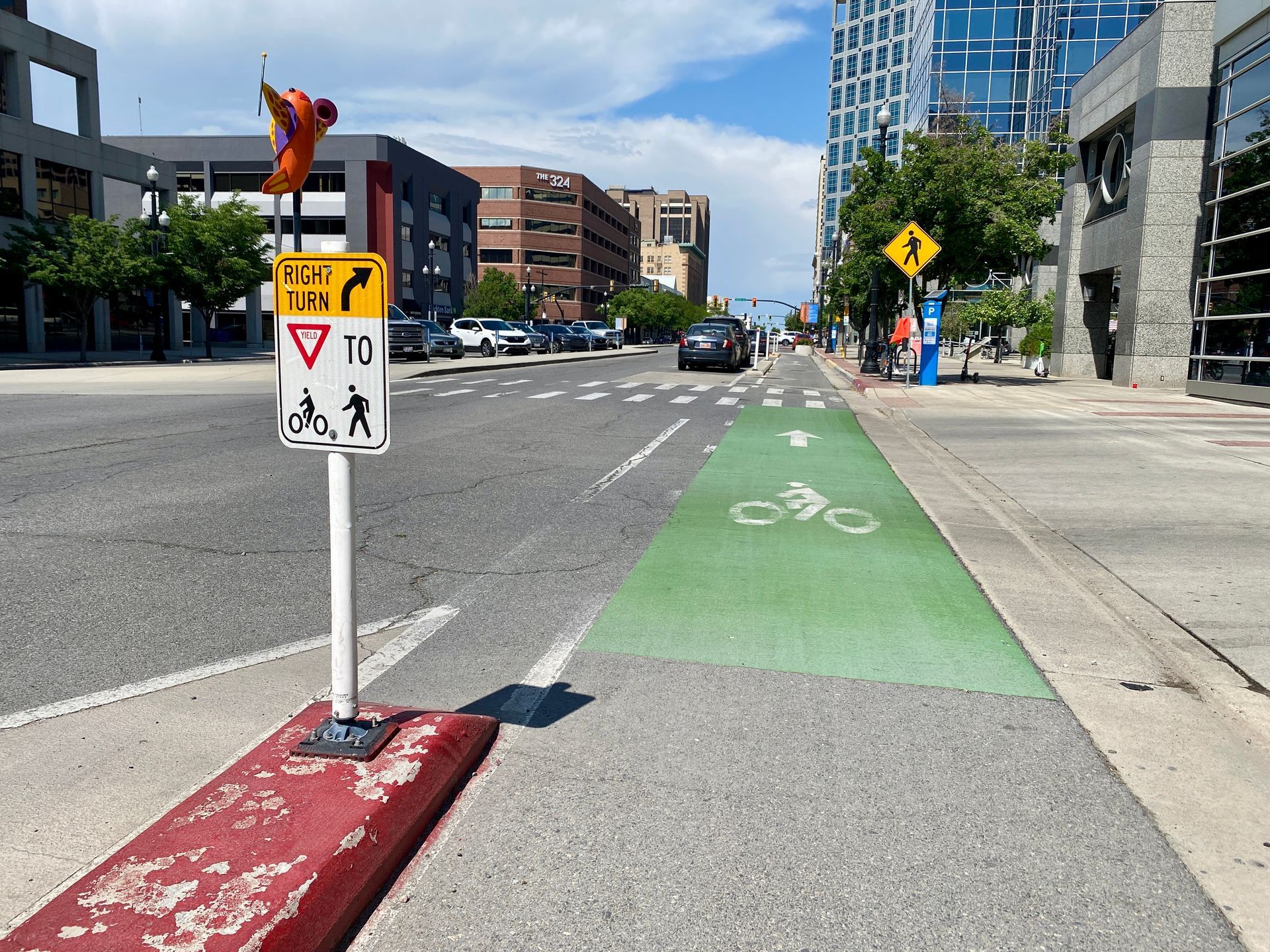
Plan your bicycle route in advance and choose roads with protected bicycle lanes or lower traffic volumes whenever possible. Familiarize yourself with local cycling infrastructure and be aware of potential bicycle hazards along your route, such as potholes or debris. Knowing your route and the road conditions can help you avoid bicycle crashes and ensure a smoother ride.
7. Perform a Bicycle Safety Checklist
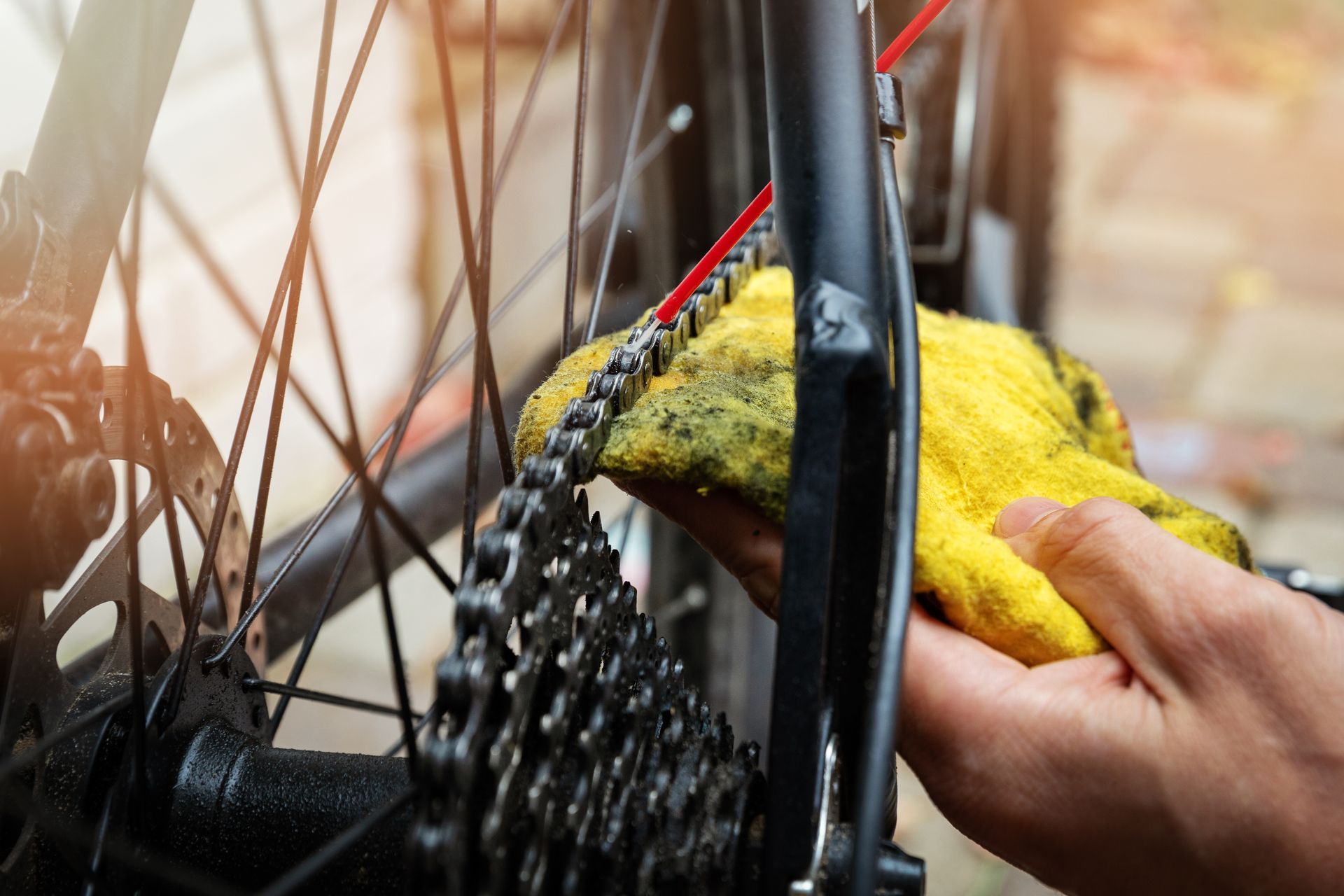
Regularly inspect your bicycle to ensure it's in good working condition. Check the brakes, tires, gears, and lights before each ride. Properly inflate your tires, oil the chain, and tighten any loose components. If you notice any issues, address them promptly to prevent accidents caused by mechanical failures.
8. Ride Predictably and Communicate
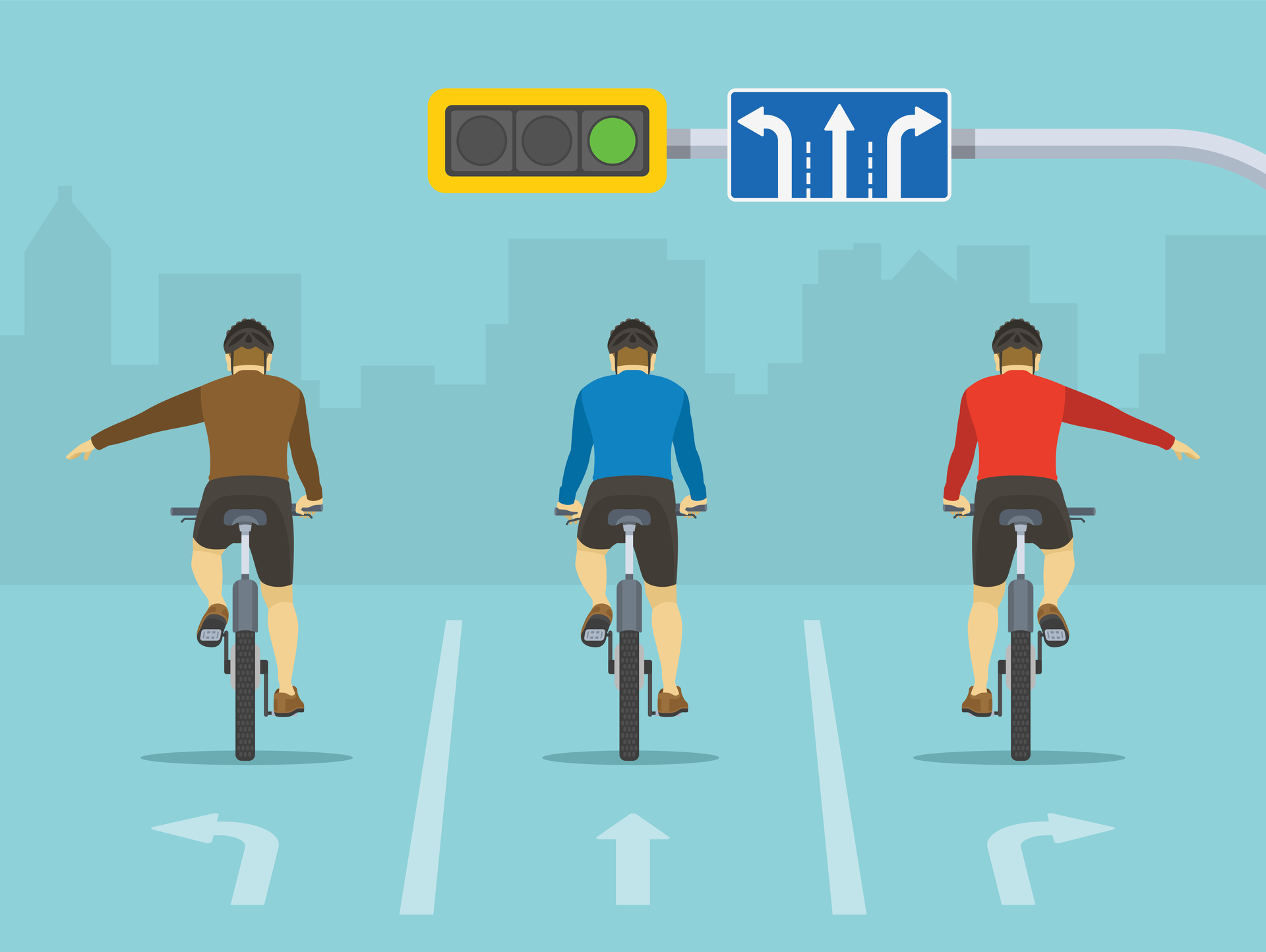
Be a predictable cyclist to help motorists anticipate your actions. Use bicycle hand signals to indicate your turns and lane changes. Make eye contact with drivers whenever possible to ensure they see you. By communicating your intentions clearly, you reduce the risk of bicycle accidents and create a safer environment for everyone on the road.
9. Watch for Parked Cars Opening Doors (Dooring)
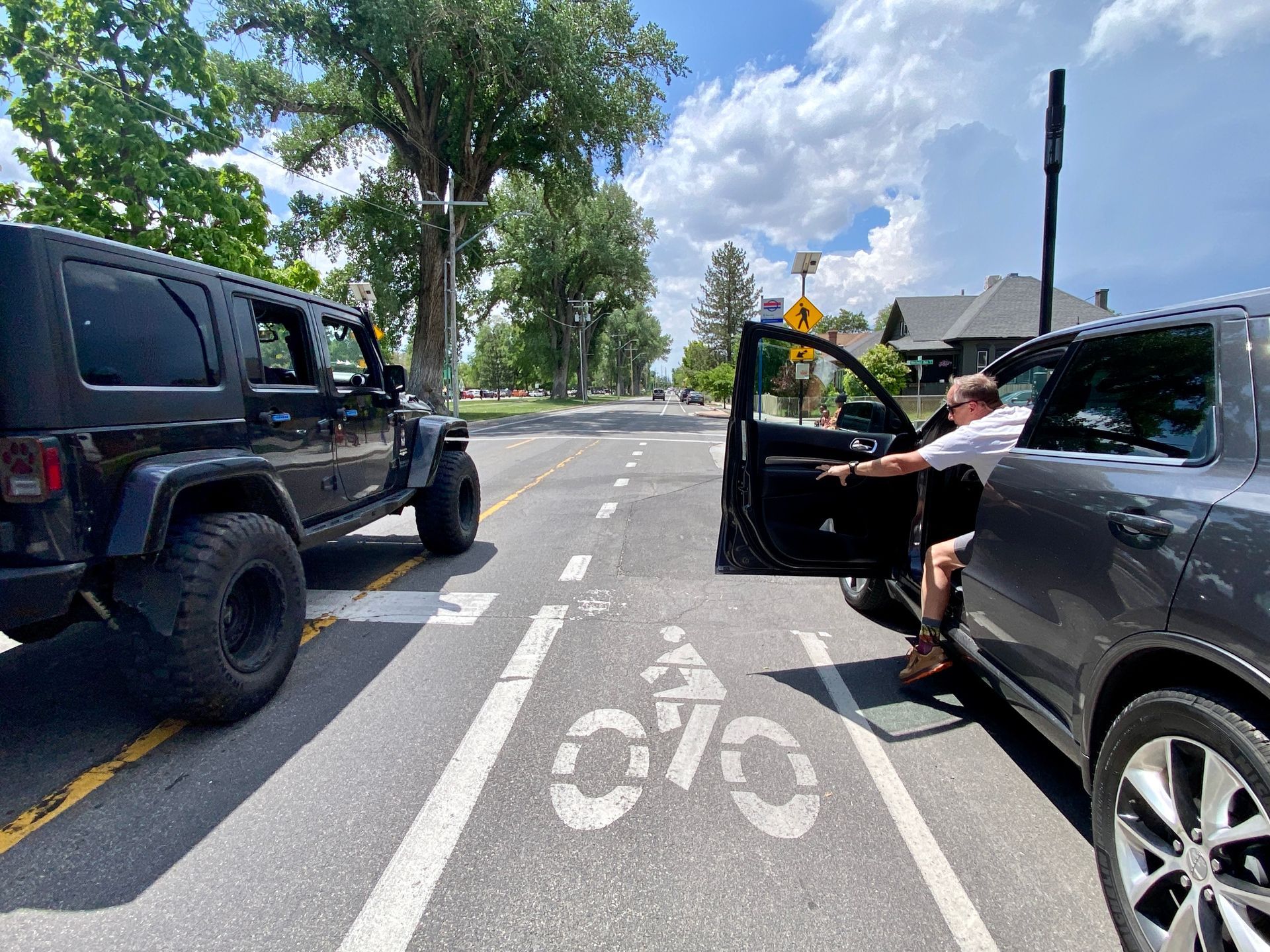
One of the potential dangers for cyclists on the road is the risk of getting "doored," which occurs when a car door suddenly opens in your path. When riding near parked cars, maintain a safe distance and be prepared for doors to open unexpectedly. Keep an eye on parked vehicles and watch for any signs of movement inside the car. If you see someone in the driver's seat or notice a car parked with the engine running, exercise extra caution. By staying alert and giving parked cars ample space, you can reduce the chances of bicycle injuries.
10. Be Prepared for Cycling Accidents
Bicycle crashes can happen, even if you take all the necessary precautions. Being prepared ahead of time can help reduce some of the financial, physical, and emotional trauma. Below is a list of what to do before, during, and after a bicycle accident.
- UIM COVERAGE
Before heading out on your next ride. Check your auto insurance and make sure you have Uninsured and Underinsured motorist coverage. This small added cost to your insurance premium can save you a lot of money out of pocket. This is our #1 piece of advice for all cyclists (and drivers). For detailed information read the Bike Legal Guide to Insurance for Bicyclists.
- PRIORITIZE YOUR SAFETY
The first and foremost concern after a bicycle accident is your well-being. Check yourself for any injuries and call 911 or seek medical attention immediately. Remember, many injuries may not be immediately apparent, so it's always wise to get a medical evaluation. The effects of brain injuries caused during cycling accidents can take days or weeks to surface.
- STAY AT THE SCENE
Never leave the scene of a bike accident, regardless of the circumstances. Wait for the authorities to arrive and provide an accurate account of what happened. Leaving the scene could have legal consequences and may hinder any potential legal claims you may have.
- REPORT THE CRASH
Contact the police and file an official bicycle accident report. This document will provide an objective account of the incident, which can be essential when dealing with insurance companies or pursuing legal action
- GATHER INFORMATION
Exchange contact, insurance, and driver's license information with the other party involved in the bicycle accident. Also, collect contact information from any witnesses present. Take photos of the accident scene, including vehicle damage, injuries, skid marks, and any relevant road conditions. This evidence can be valuable in establishing fault and supporting your case.
- PRESERVE EVIDENCE
Preserve any physical evidence related to the bicycle accident, such as damaged bicycle parts, torn clothing, or any other objects involved. If possible, don't repair or alter your bicycle until it has been thoroughly documented by a bicycle accident law firm. These items can serve as valuable evidence in determining bicycle accident liability.
- DOCUMENT THE ACCIDENT, INJURIES, & DAMAGES
Keep a record of your injuries, including photographs, medical reports, and receipts for any medical expenses. Document any damage to your bicycle, personal belongings, and clothing. Keeping a daily journal/timeline of your recovery process is an added benefit to support your case. This information will be crucial when filing an insurance claim or seeking compensation for your losses.
- CONSULT A BICYCLE ACCIDENT ATTORNEY
Consult the experienced Bicycle Accidents Law Firm Bike Legal. They can provide specialized legal guidance, protect your rights, and help navigate the complex process of insurance claims and potential lawsuits. An experienced bicycle accident attorney can assess the circumstances of your case and advise you on the best course of action.
- FOLLOW MEDICAL TREATMENT
Adhere to all medical treatments and recommendations provided by healthcare professionals. Follow up with your healthcare provider for any ongoing care and document all medical expenses related to your injuries.
- KNOW YOUR RIGHTS
Educate yourself about your legal rights and options. Depending on the circumstances, you may be entitled to compensation for medical expenses, lost wages, pain and suffering, and property damage.
Bike Legal can help you understand your rights and pursue a claim on your behalf.
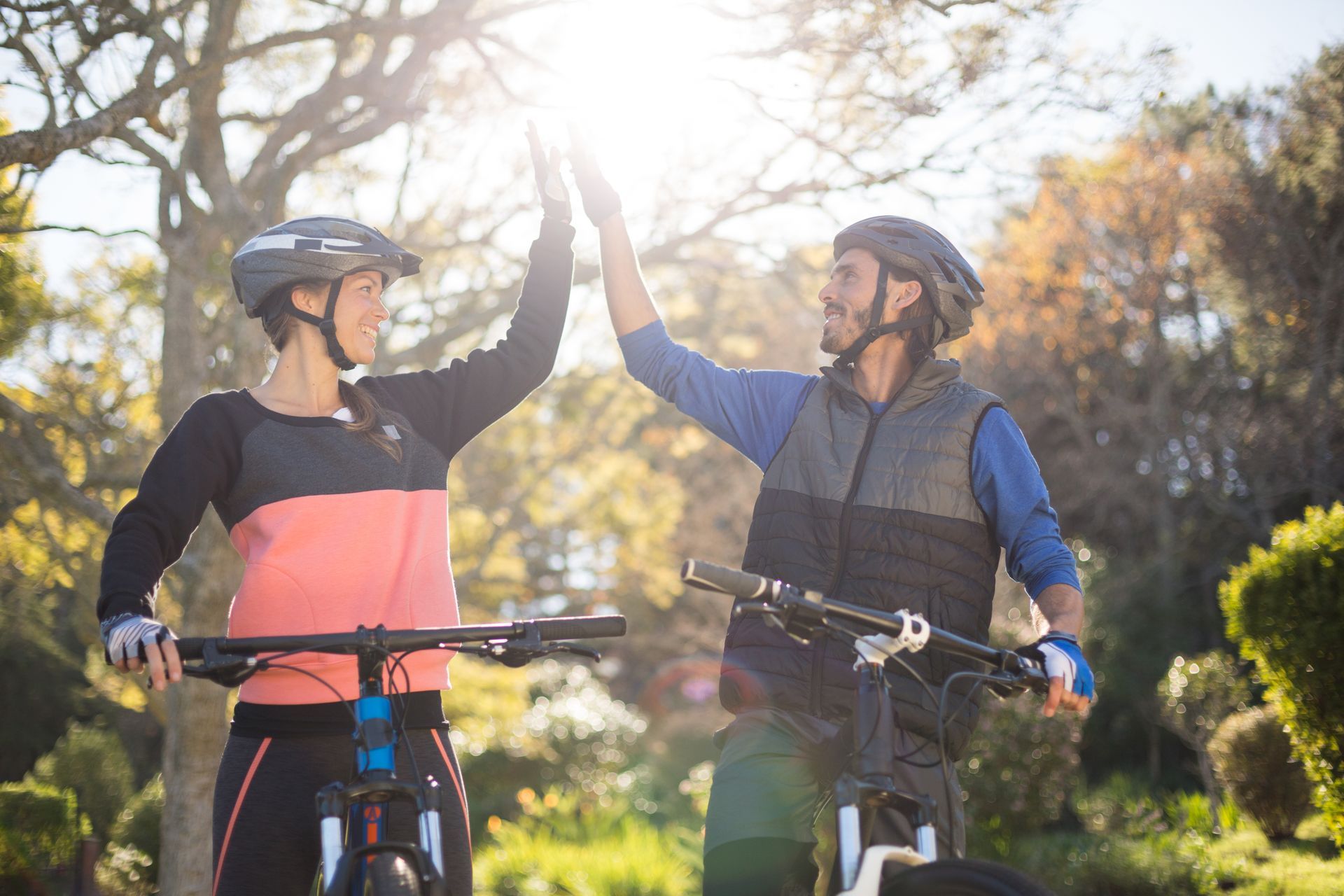
Preventing cycling accidents requires a proactive approach and a commitment to safety. By implementing these top ten measures, cyclists can significantly reduce the risk of bicycle accidents and protect themselves on the road. Remember, prioritizing bicycle safety not only benefits individual cyclists but also promotes a culture of responsible cycling that benefits the entire community. So, gear up, ride smart, and enjoy the freedom of cycling while staying safe!
At Bike Legal our mission is to advocate for bicycle safety and sharing the road responsibly through education.
Our legal team is committed to supporting and representing cyclists no matter where you ride or how you ride.
Visit us at www.BikeLegalUtah.com
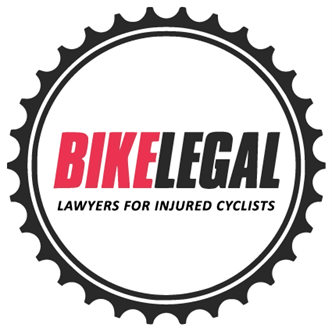
If you or someone you know has been involved in a bicycle accident,
Bike Legal is here to help!
Visit: www.BikeLegalUtah.com
or call 877-BIKE LEGAL (877-245-3534)
Contact Info
info@bikelegalfirm.com
Southern Utah
Bike Legal Utah
321 N Mall Dr
Bldg R
St. George, Utah 84790
All Rights Reserved | Bike Legal
